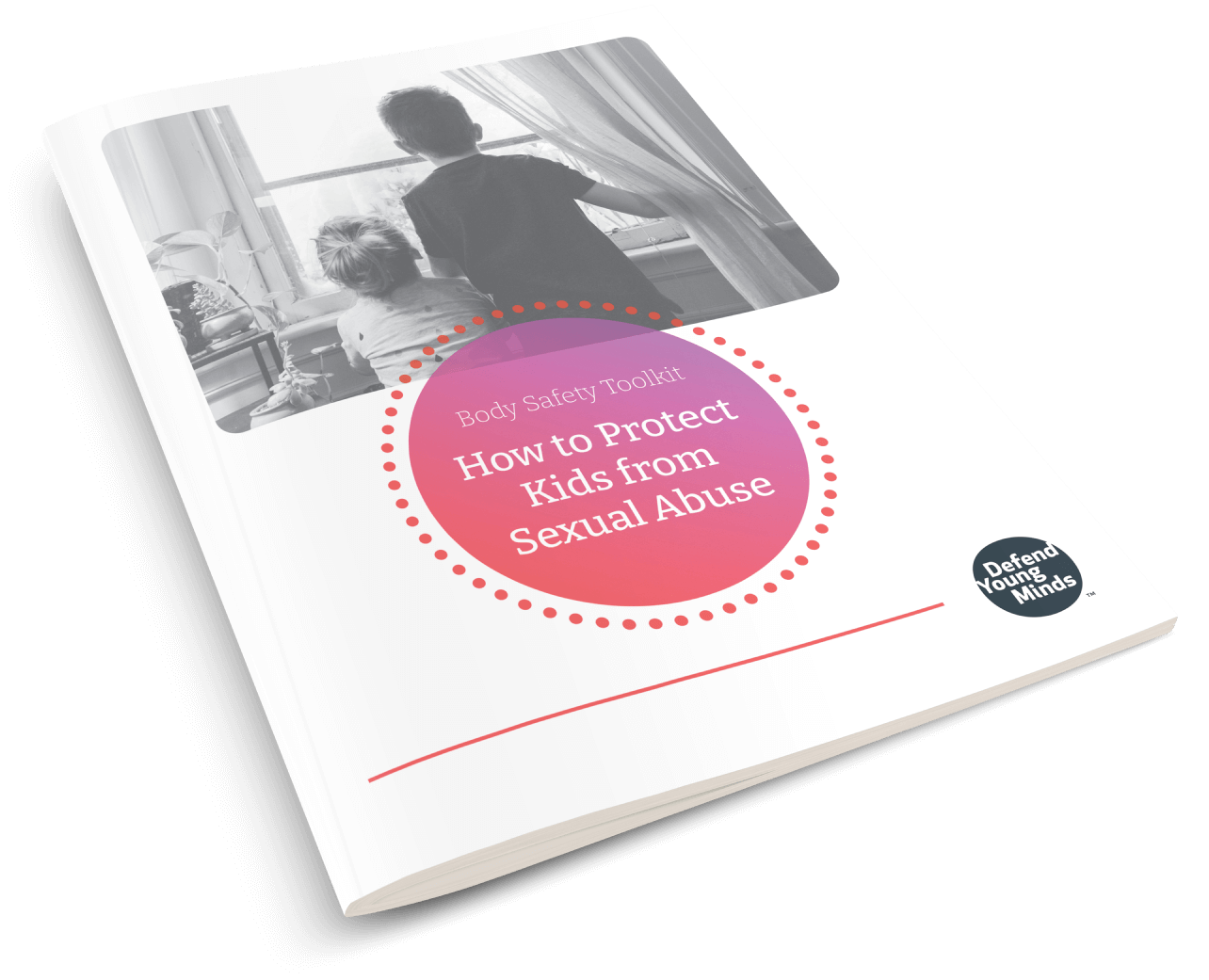
How Porn Hijacks Young Brains and 3 Effective Ways to Defend Your Kids (Part 3)
This is part 3 of a four-part series by Sam Black from Covenant Eyes. Sam teaches parents all over the country how to prepare their children to be safe online. He also serves on the Protect Young Minds advisory council. Don’t miss part 1, part 2 and part 4.
Katie is a mom with the best intentions, but she was angry with herself for not acting more quickly to spare her child from watching porn.

After listening to a presentation from the Covenant Eyes team, Katie decided she would take some simple steps to protect her kids. It would take a little time, but she knew she could do it.
But she put it off. Procrastination is the killer of good intentions.
Just a few weeks after the presentation her daughter ran to her to announce that she caught her 11-year-old brother watching porn.
Katie handled the situation well, calmly talking to her son and hearing about what he had seen. He’d discovered pornography through the family’s computer and had been on a three-week binge.
“I knew it was wrong, but I couldn’t stop clicking,” he told his mom. “I don’t know why. I wanted to stop, but I just kept clicking.”
Related: How Does a Sex Addiction Therapist Protect His Kids from Pornography?
[[CTA]]
In the first post of this series, we examined how porn is a supernormal stimulus that hijacks our sexual senses, and in the second post we reviewed natural brain chemistry that can give a child tunnel vision when seeing porn. In this third post, let’s look at why a child or teen may find themselves returning to porn for an extended period.
A child may find themselves feeling stuck. They think about pornography even when they don’t want to.
Related: How Porn Use Becomes an Addiction (Simplified!)
3 Conditions that contribute to getting drawn into a downward spiral
Here are three concepts that help explain why porn can become compulsive behavior.
Sensitization
Cigarette smokers can name a list of activities that spark a desire for a smoke: drinking a cup of coffee, finishing a meal, sipping alcohol. These cues are called triggers, and they cause a sensitized brain to get a shot of dopamine that creates a craving to smoke.
A child who watches pornography begins a learning process of becoming hypersensitive to porn in the future. With repeated experiences, very little is needed to trigger a desire to view pornography.
Sexualized advertising, music, and movies are just a few of the cues that abound in our society. Some triggers can be:
• Being alone with a device.
• Bedtime, or late at night when they are fatigued or can’t sleep.
• Being upset, fearful, or angry.
• Visual cues from television or other media.
Even things not meant to be sexual become sexualized. Kids may find their minds preoccupied with porn and thinking of ways to access it.
Desensitization
This sounds contradictory doesn’t it? Can someone be both sensitized and desensitized to porn?
While sensitization means someone is easily triggered to want to view pornography, desensitization means that they feel a need to seek out more extreme content over time.
That’s because dopamine loves new things. The things that used to be so exciting lose their attraction. And it’s easy to escalate to something more shocking with a few clicks.
Hypofrontality
Compulsiveness is a good description for hypofrontality. Many porn users feel focused on getting to porn even when a big part of them is saying, “Don’t do this.” Even when negative consequences seem imminent, impulse control is too weak to battle the cravings.
For a young brain this has even more impact. The prefrontal cortex, the decision-making part of the brain, doesn’t fully develop until a person’s early twenties. So a child is not equipped to make good decisions with their thinking brain in regard to pornography unless they have been trained on what to do.
These conditions impact each other and allow a young person’s “feeling brain” to take the lead over their “thinking brain”. Gary Wilson of Your Brain on Porn describes it as a system out of balance:
Weakened self-control systems (hypofrontality), are overwhelmed by the cravings emanating from sensitized addiction pathways and a desensitized reward circuit. In other words – your willpower has eroded.
In these 3 posts, we’ve learned some real reasons why kids can get pulled into viewing porn. Since knowledge is power, we know that when parents understand what is going on, they can prepare their kids well and help them out more effectively. There is a lot more to this than kids just being curious!
Next in part 4, we’ll discuss how training your child is the best way to help your child turn away from pornography and tell an adult so they can get help.
Share on Pinterest!




Good Pictures Bad Pictures Jr.
“I highly recommend this book to all people with children. A must have for all parents!” —Amazon Review











